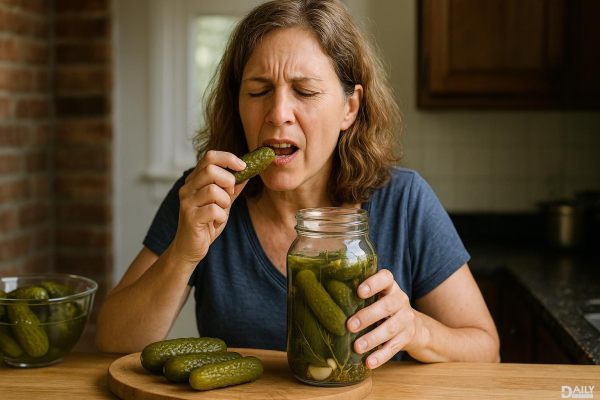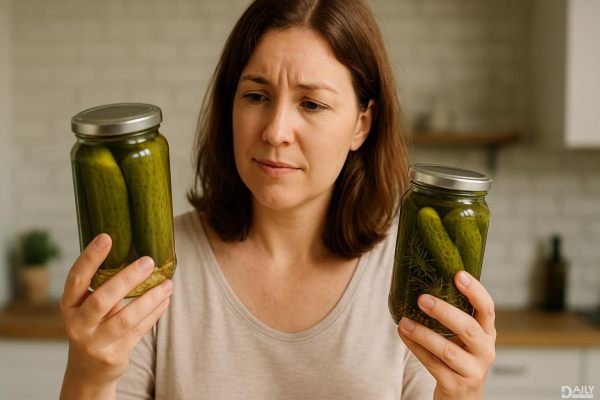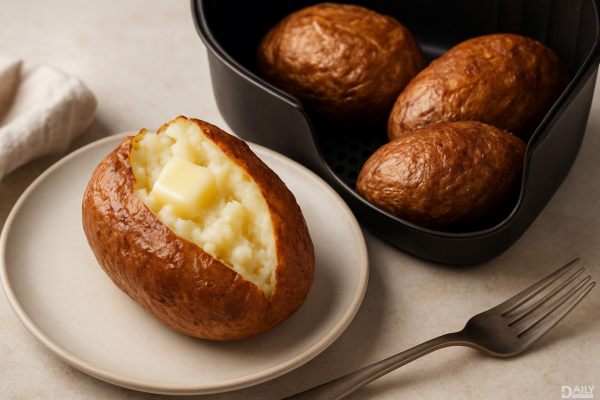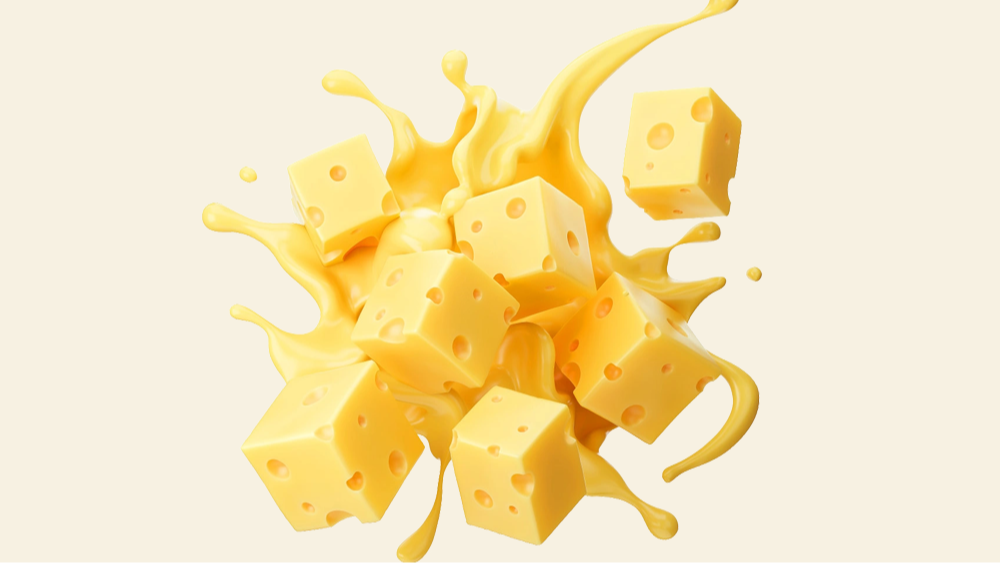Kosher dill pickles are more than just a tangy snack—they’re a cultural icon with a flavor profile that’s hard to beat. What makes them stand out? It’s all about the brine, the process, and the history behind them. Unlike regular pickles, kosher dill pickles follow specific preparation methods that give them their signature crunch and bold, garlicky taste. Let’s dive into what makes these pickles so special and why they’ve become a staple in delis and pantries across the U.S.

The term "kosher" in kosher dill pickles doesn’t necessarily mean they’re certified kosher (though they often are). Instead, it refers to the traditional Jewish preparation method that involves fermenting cucumbers in a brine of water, salt, garlic, and dill. This method dates back to Eastern European Jewish communities, where pickling was a way to preserve vegetables for the long, harsh winters. The process was simple but effective, and it’s what gives kosher dill pickles their distinct flavor and texture. Over time, this style of pickling made its way to America, where it became a beloved part of Jewish deli culture.
The brine is the heart and soul of a kosher dill pickle. Unlike vinegar-based pickles, kosher dill pickles are fermented in a saltwater brine, which allows natural lactic acid bacteria to develop. This fermentation process not only preserves the cucumbers but also creates that tangy, complex flavor we all love. The brine typically includes garlic, fresh dill, and sometimes mustard seeds or peppercorns, adding layers of flavor that make each bite a mini adventure. The salt concentration is crucial—it needs to be just right to encourage fermentation without making the pickles too salty. It’s a delicate balance, but when done correctly, the result is pure pickle perfection.
One of the most satisfying things about kosher dill pickles is their crunch. But how do they stay so crisp? It’s all about the cucumbers and the fermentation process. Traditional kosher dill pickles are made with small, firm cucumbers, often called "pickling cucumbers," which have a thicker skin and fewer seeds. These cucumbers are less likely to become mushy during fermentation. Additionally, the fermentation process itself helps maintain the crunch. The lactic acid bacteria break down the cucumbers’ cell walls just enough to infuse them with flavor without compromising their structure. Some modern recipes also include grape leaves or calcium chloride to enhance the crispness, but the classic method relies on the natural process to do the trick.
If you’ve ever wondered why kosher dill pickles taste different from regular dill pickles, the answer lies in the preparation. Regular dill pickles are often made with vinegar, which gives them a sharper, more acidic flavor. Kosher dill pickles, on the other hand, rely on fermentation, which creates a mellower, more complex tang. Additionally, kosher dill pickles are typically packed with garlic and fresh dill, giving them a bolder, more aromatic profile. The texture is also different—kosher dill pickles tend to be crunchier, while regular dill pickles can sometimes be softer. It’s these subtle differences that make kosher dill pickles a favorite among pickle enthusiasts.
Kosher dill pickles are incredibly versatile. Of course, they’re delicious straight out of the jar, but there are countless ways to incorporate them into your meals. Chop them up and add them to potato or tuna salad for an extra zing. Use them as a topping for burgers or sandwiches to add a burst of flavor. You can even blend them into dips or sauces for a tangy twist. And let’s not forget the classic pairing—kosher dill pickles and pastrami on rye is a match made in deli heaven. Whether you’re snacking or cooking, these pickles are sure to elevate your dish.
Kosher dill pickles are more than just a snack—they’re a testament to the art of fermentation and the rich history of Jewish culinary traditions. From their tangy brine to their satisfying crunch, every bite tells a story. So next time you reach for a pickle, make it a kosher dill. Your taste buds will thank you.
























